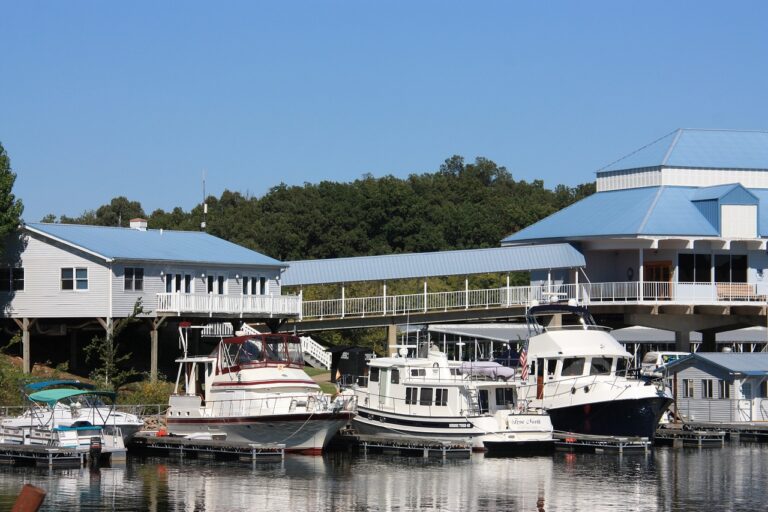The Role of Smart Home Devices in Sustainable Wildlife Habitat Restoration Efforts: Lotusbook365 login, Play99exch com, All panel login
lotusbook365 login, play99exch com, all panel login: Smart home devices have been gaining popularity in recent years, offering homeowners convenience, security, and energy efficiency. But these devices can also play a crucial role in sustainable wildlife habitat restoration efforts.
Imagine being able to monitor and manage wildlife habitats remotely, ensuring that endangered species have access to food, water, and shelter. With smart home devices, this vision is becoming a reality.
1. Monitoring Wildlife Populations
One of the key challenges in wildlife habitat restoration is monitoring the populations of various species. Smart home devices such as motion-activated cameras and sensors can help conservationists keep track of wildlife activity in real-time.
2. Preventing Habitat Destruction
Smart home devices can also be used to prevent habitat destruction caused by human activities such as illegal logging, poaching, and pollution. By setting up cameras and sensors in sensitive areas, conservationists can quickly detect and respond to threats to wildlife habitats.
3. Controlling Invasive Species
Invasive species pose a significant threat to native wildlife populations. Smart home devices can be used to monitor and control invasive species, helping to restore balance to fragile ecosystems.
4. Managing Water Resources
Water is essential for the survival of wildlife, especially in arid regions. Smart home devices can be used to monitor water sources, such as rivers, lakes, and watering holes, ensuring that wildlife have access to clean and abundant water.
5. Creating Artificial Habitats
In some cases, natural habitats may not be sufficient to support endangered species. Smart home devices can be used to create artificial habitats, such as nesting boxes for birds or artificial burrows for mammals, providing essential shelter for wildlife.
6. Educating the Public
Smart home devices can also be used to educate the public about the importance of wildlife habitat restoration. By live-streaming footage of wildlife in their natural habitats, conservationists can raise awareness and inspire action to protect endangered species.
FAQs
Q: Can smart home devices help prevent habitat destruction?
A: Yes, smart home devices can be used to monitor and respond to threats such as illegal logging, poaching, and pollution, helping to prevent habitat destruction.
Q: How can smart home devices be used to manage water resources?
A: Smart home devices can monitor water sources, such as rivers and lakes, to ensure that wildlife have access to clean and abundant water.
Q: What are some examples of artificial habitats created with smart home devices?
A: Artificial habitats created with smart home devices may include nesting boxes for birds, artificial burrows for mammals, and artificial reefs for marine life.







